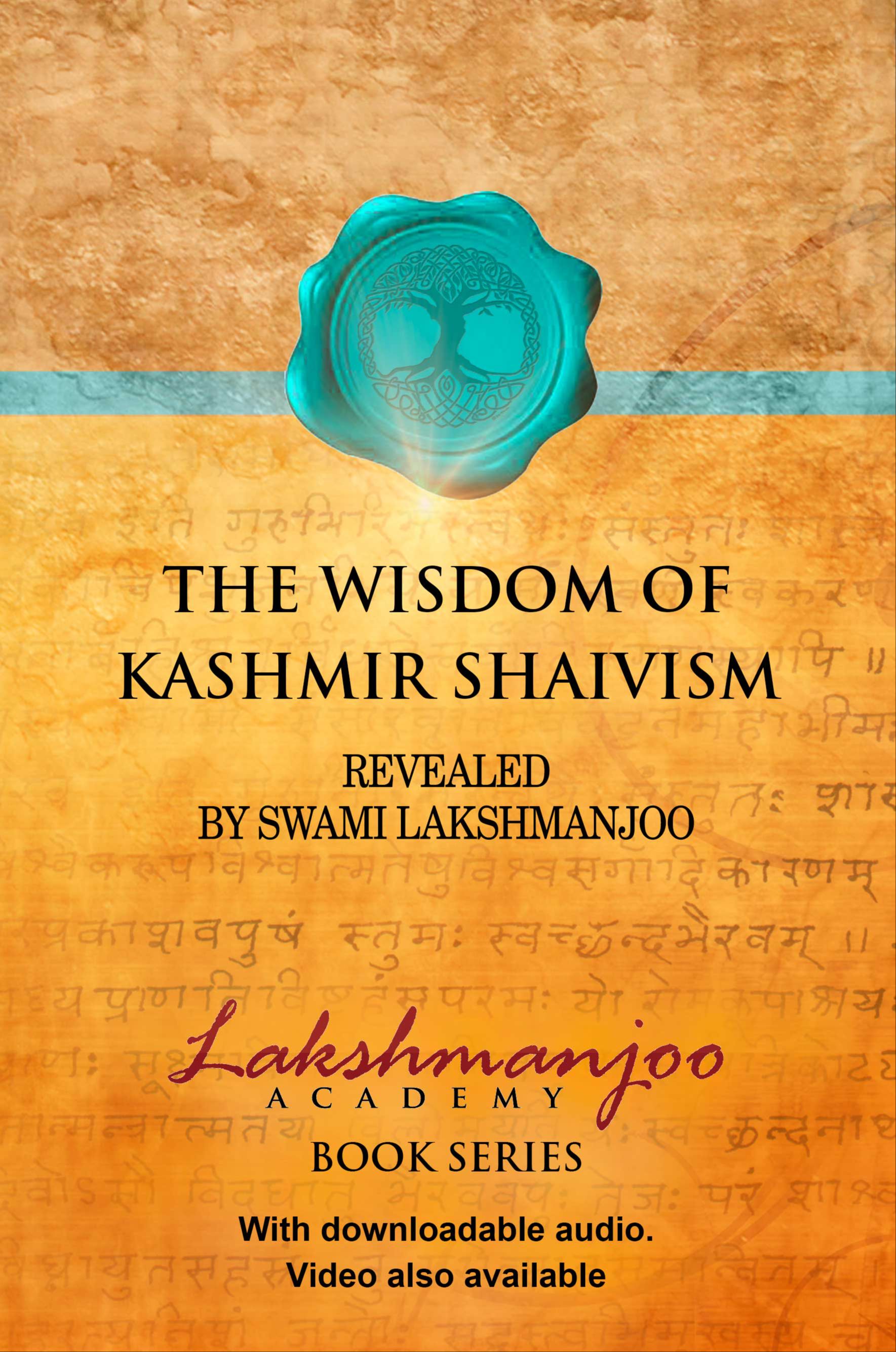This is an instruction to The Manual for Self Realization, 112 Meditations of the Vijnana Bhairava, and how to approach it, by Swami Lakshmanjoo.
Vijñāna Bhairava is one chapter in Rudrayāmala Tantra. And another chapter in Rudrayāmala Tantra is Parātriṁśikā. This chapter1 is from the Bhairava point of view. These are not Rudra śāstras nor Śiva śāstras.2 These are Bhairava śāstras–monistic, pure monistic.
You already know there are three upāyas, three means. One is superior, the other is medium, and the third one is inferior. The inferior one is called āṇavopāya, the medium is called śāktopāya, and the superior is called śāmbhavopāya.
- Śāmbhavopāya is just to maintain awareness in thought-lessness.
- When you maintain awareness in the organic world3, that is śāktopāya.
- When you maintain awareness in the elementary world4, that is āṇavopāya–that is breath, breathing, mantra, recitation of mantra, and all these; these are called āṇavopāya.
When you are just in a concentrative mood–that is being in the organic world, without recitation of mantra, without breathing exercises–that is śāktopāya.
When you are maintaining awareness in thought-lessness, that is śāmbhavopāya, superior, supreme.
[In āṇavopāya,] you have to put adjustment of other sources also: sources of breath, sources of mind–everything is there. This is āṇavopāya. In śāktopāya, there is only mind, the functioning of the mind. In śāmbhavopāya, there is not mind also. In śāmbhava, you have to discard the functioning of the mind. It is not mind; it is just to dive in the un-minded state. That is śāmbhavopāya. If you put only the mind, not other sources, that will be śāktopāya. If you put adjustment of the breath, adjustment of a mantra, adjustment of all those things–worship, pūjā–that is āṇavopāya.
And you have to see [for] yourself which way is śāmbhavopāya, which way would be āṇavopāya, and which would be śāktopāya. That you have to see [for] yourself in this book.5
Actually, these processes are meant for masters. These are not meant for students. This is a book for masters.
JOHN: Training guide.
SWAMIJI: Training guide, yes. How to teach people, in which way.6
––––––––––––––––
1. Vijnana Bhairava.
2. Rudra śāstras are mono-cum-dualistic, the Śiva śāstras are dualistic, and the Bhairava śāstras are purely monistic.
3. Swamiji uses the word “organic” to refer to the five organs of cognition (jñanendriyas–smell, taste, sight, touch, and hearing), in the sense of the energy of seeing and the energy of hearing etc., and the three internal organs (antaḥkaraṇa–manas, mind; ahaṁkāra, ego; and buddhi, intellect). [Editor’s note]
4. Swamiji uses the word “elementary” to refer to the five great elements (pañca mahābhūtas–earth, water, fire, air, and ether). [Editor’s note]
5. As long as there is the question of speaking something, we have to speak of one hundred and twelve ways; but, at the same time, we have to know that we have to cross the cycle of one hundred and twelve ways in the end.
6. Be attached to your own practice. It will carry you to śāktopāya and śāmbhavopāya in its own way. There are a thousand ways, and the way that has been selected by your master is the best, is the divine way, for you. [See also Introduction, footnote 13.]







